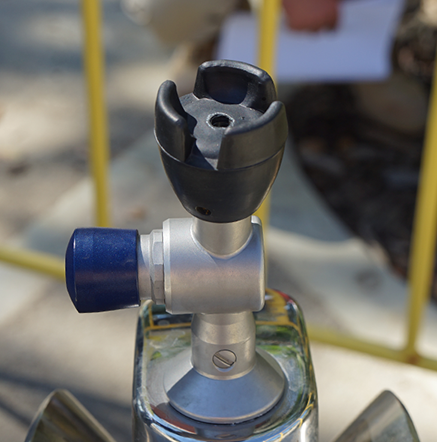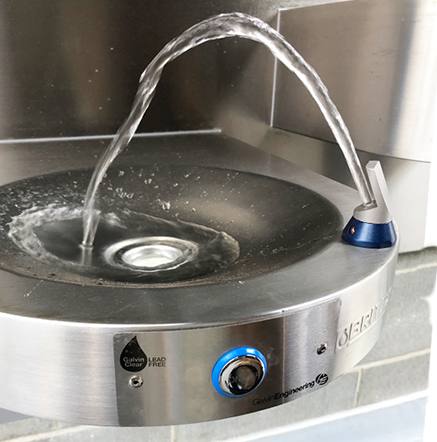

Keeping up to date with industry standards, compliance, and regulations is essential for any profession. And when the health and safety of people depend on it, compliance is a critical part of your practice.
One of the problems many architecture practices grapple with is updating base specifications to meet changing regulatory environments and ensuring they stay ahead of industry developments to avoid costly mistakes for their clients.
Compliance is critical… and can be costly
It can be a time consuming and often complex space to play in. After all, not everyone has a hydraulic engineer on hand to explain new plumbing standards coming into effect or what that means for designing safe, compliant and complete water solutions.
Additionally, architectural practices whose government clients demand long-term, sustainable solutions for healthcare facilities and aged care developments face far more significant challenges in ensuring their specifications remain compliant.
Preparing for change and planning for the future
One National Construction Code amendment Galvin Engineering has been preparing for since 2017 is a sweeping reform to plumbing that's about to impact every new commercial build project in Australia.
From 1 May 2026, plumbing products that do not conform to lead free requirements amendment to the 2022 edition of the National Construction Code will no longer have valid certification and will not be authorised for installation if in contact with drinking water. While 2026 sounds like a long time away, industry impacts will become apparent much sooner as suppliers start to deplete current stock as early as next year. Indeed, some School Building Authorities already have strict requirements for lead safe products in anticipation of the new national standard.
The amendment to the National Construction Code Volume Three – Plumbing Code of Australia, lead free provisions was made in response to a decision by the Australian Building Codes Board to limit the allowable lead content in plumbing products, which contain copper alloys and are intended for use in contact with drinking water. New standards now limit the weighted average lead content to not more than 0.25%. That means from 1 May 2026, clause A5G4(2) of the NCC Volume Three will take effect. From then, only products WaterMark certified as conforming to the lead free provisions, where required, will be authorised for new plumbing installations.
Lead safe plumbing design
Importantly, drinking water is defined by the National Construction Code as "water intended primarily for human consumption but which has other domestic uses". And it's the broad intent of this definition that will see enormous changes to every plumbing design consideration across the board.
Architects who want to stay ahead of the curve and be at the forefront of new design and compliance are already incorporating new lead-free solutions in their specifications. Those who don't risk the same fate as Betamax videos and Kodak film processing.
While the plumbing standards imposed from 1 May 2026 are much needed and welcomed by the entire industry, there's much work to be done in a short space of time to ensure everyone is prepared.




Industry expertise provides assurance and support
As Australia’s leading experts in lead free water solutions, Galvin Engineering can help you review your base specifications to ensure they are compliant with the new regulations. Not only saving you time but helping you understand the impacts on your projects to keep people safe, your clients happy and your business secure.
| Explore our Lead Free Range | Contact our Experts |




